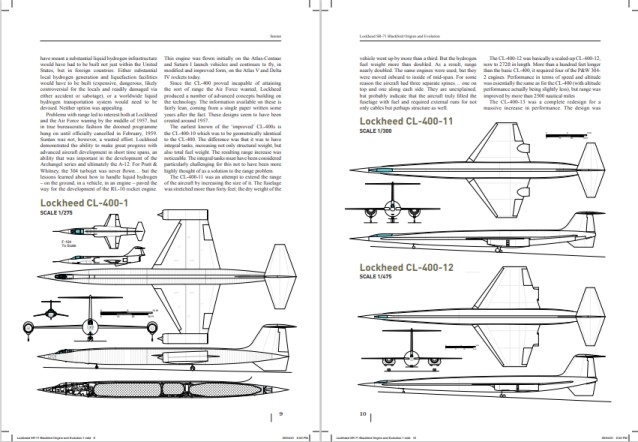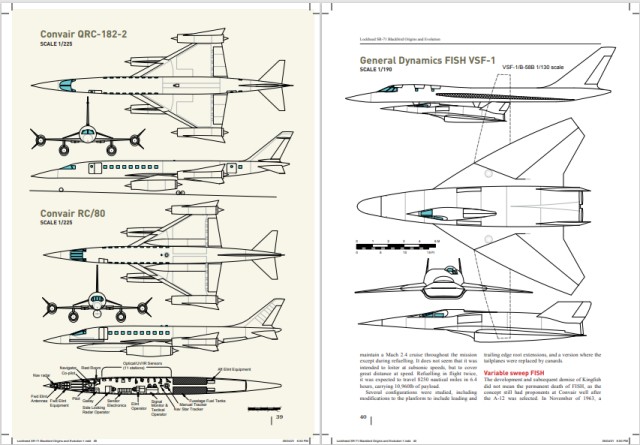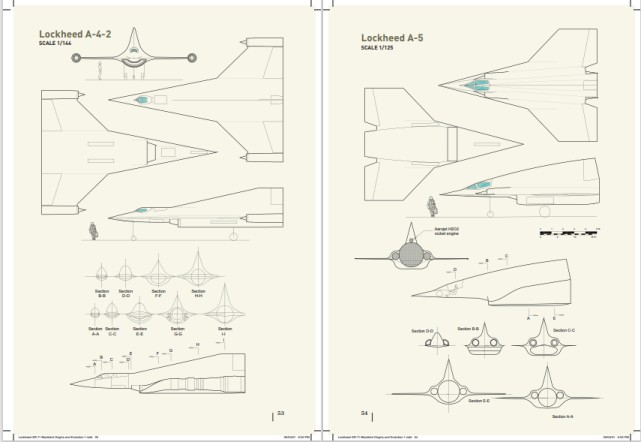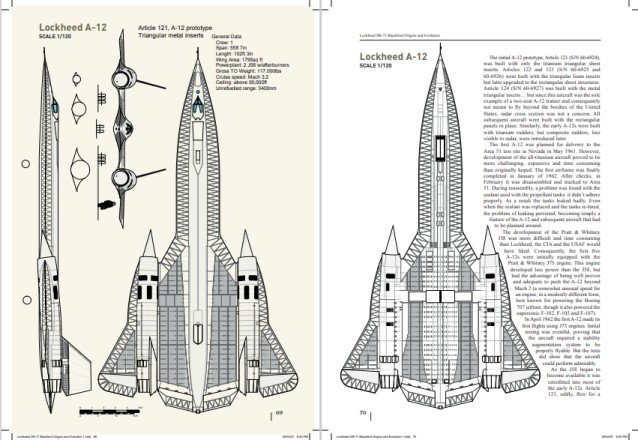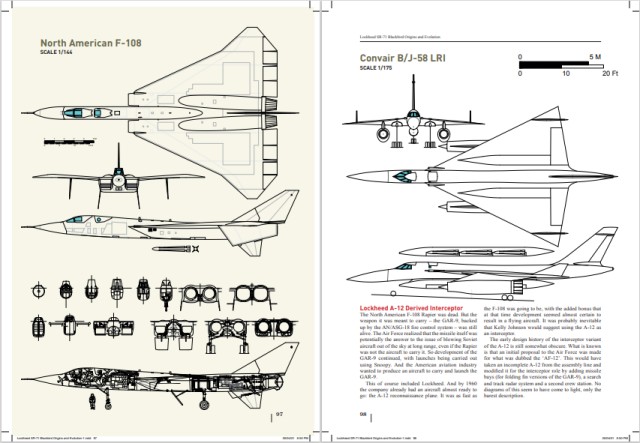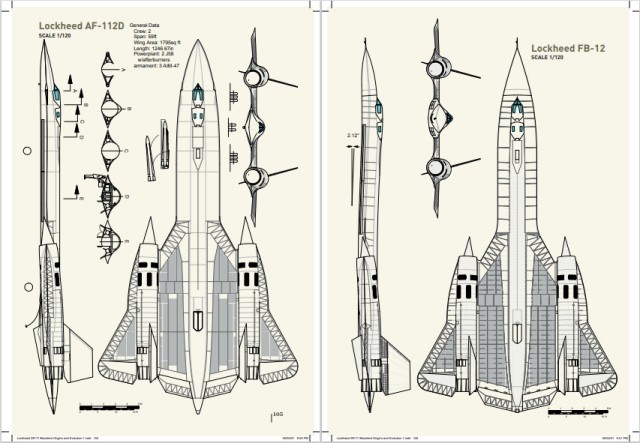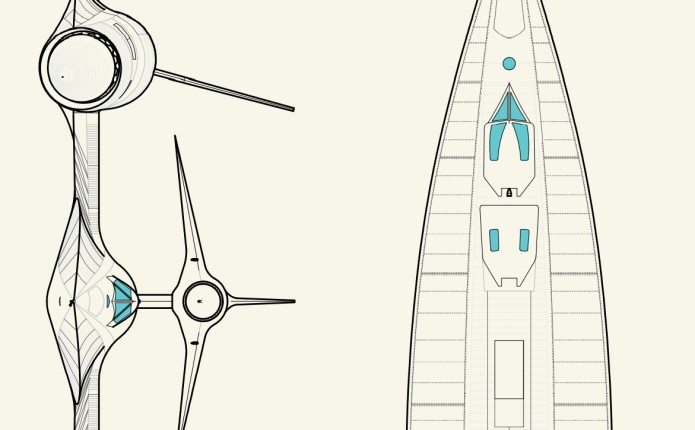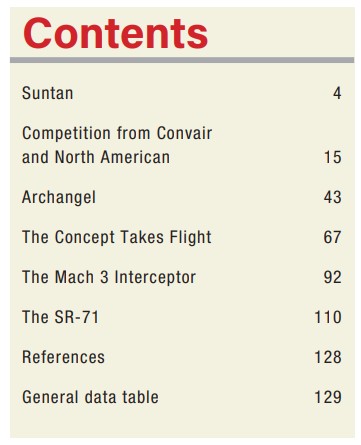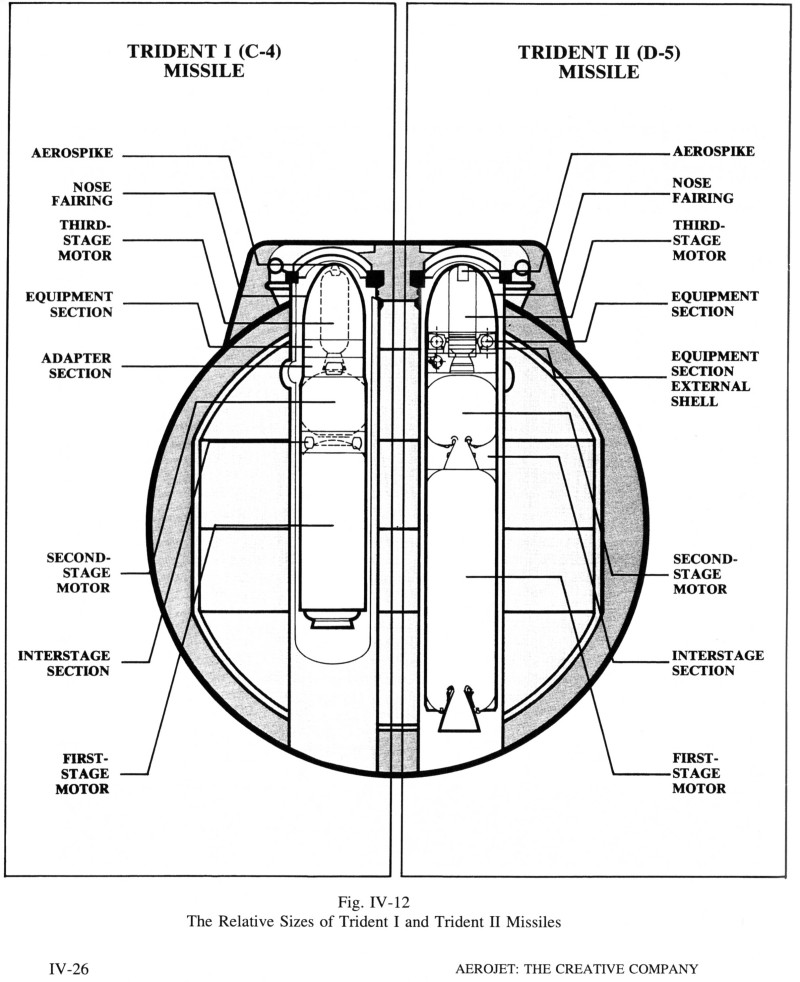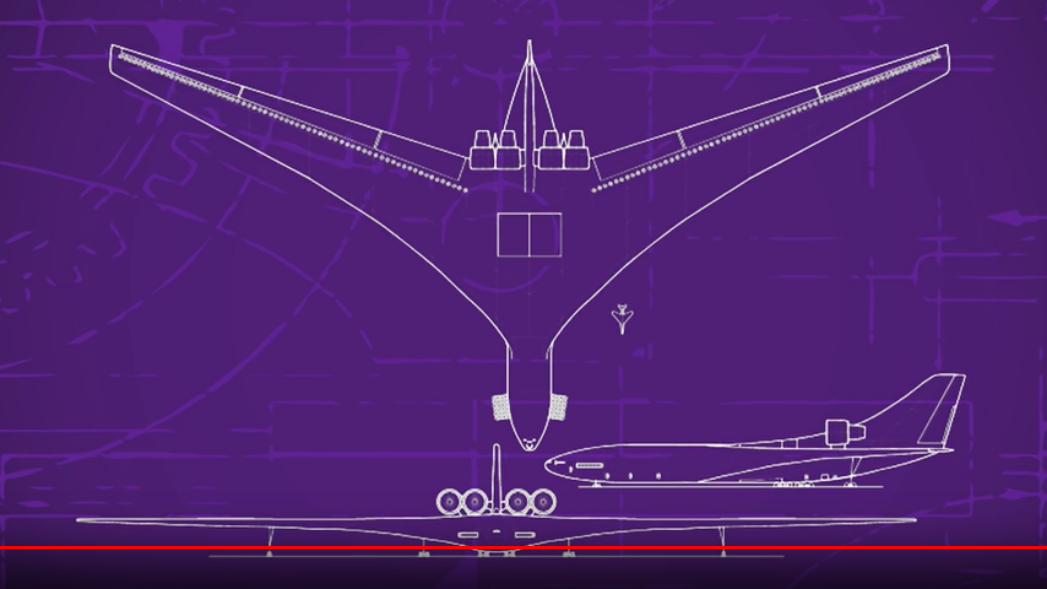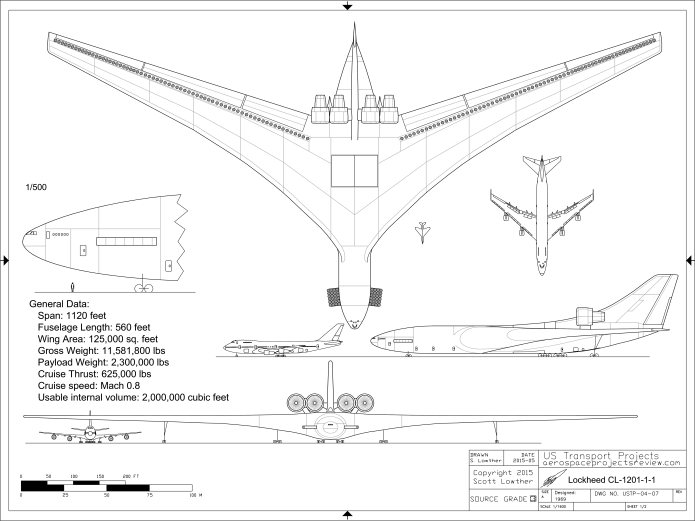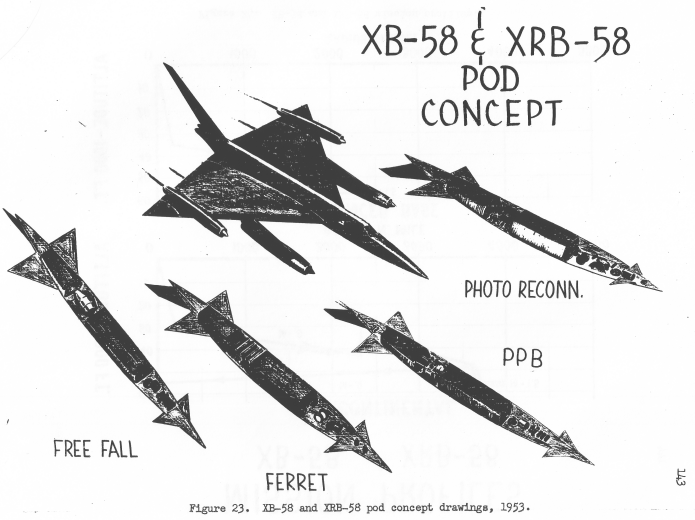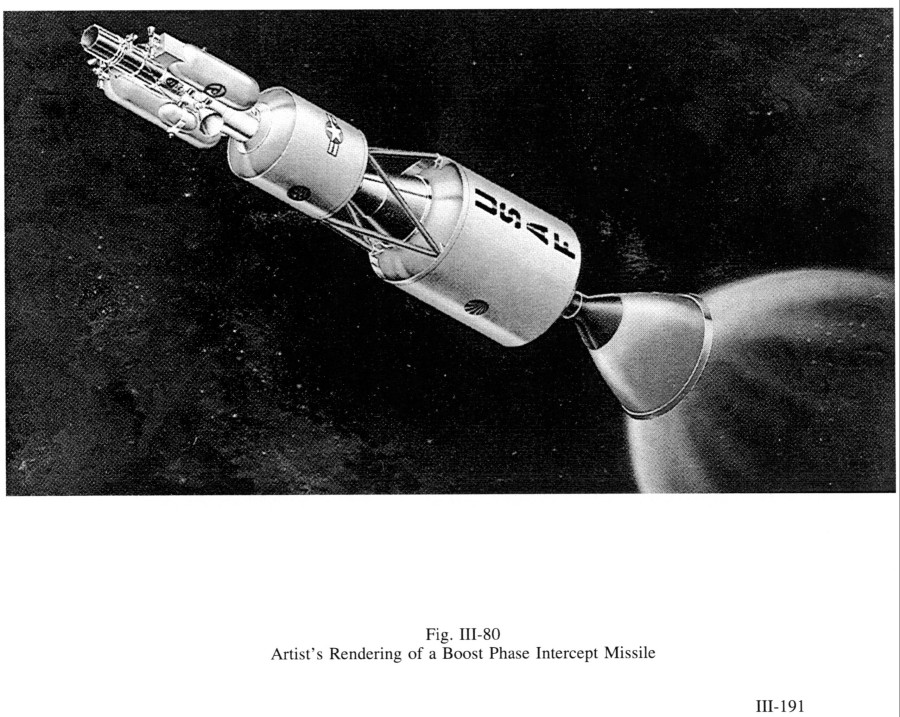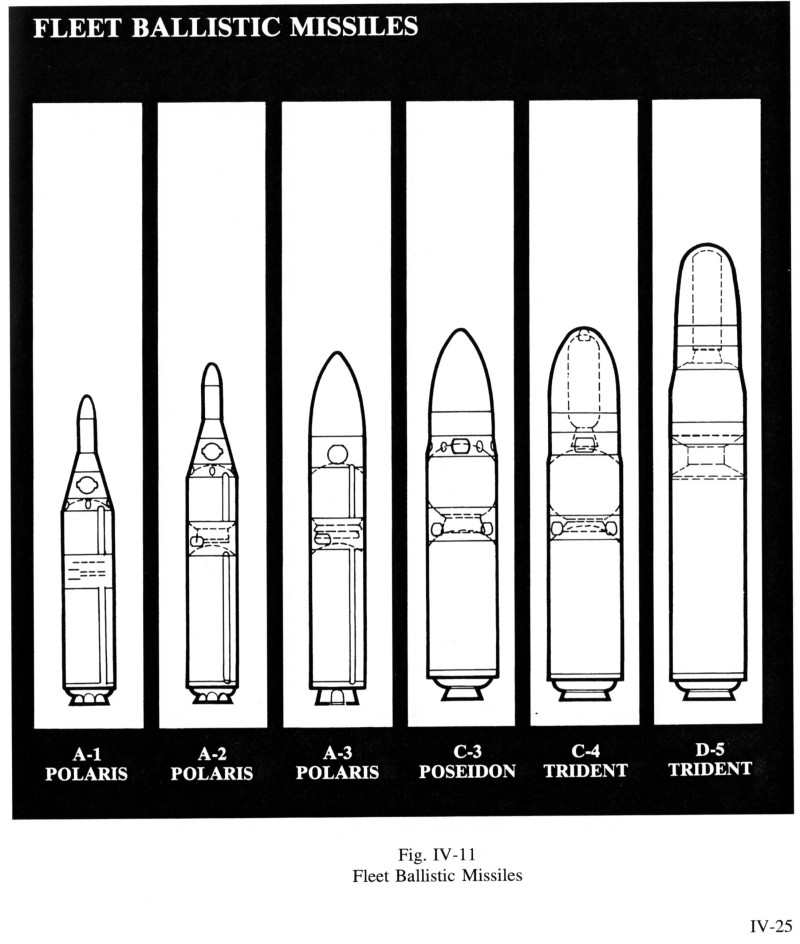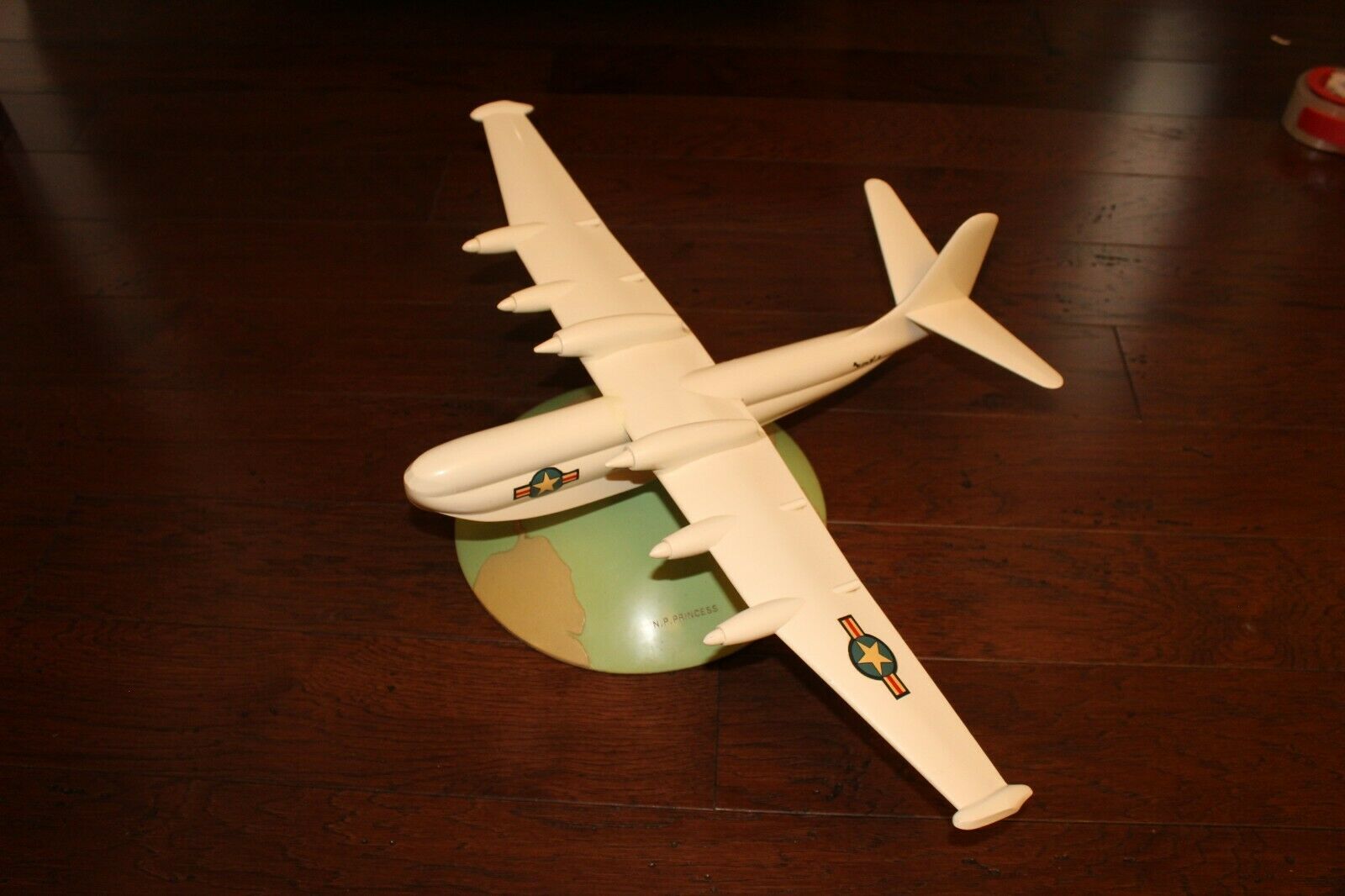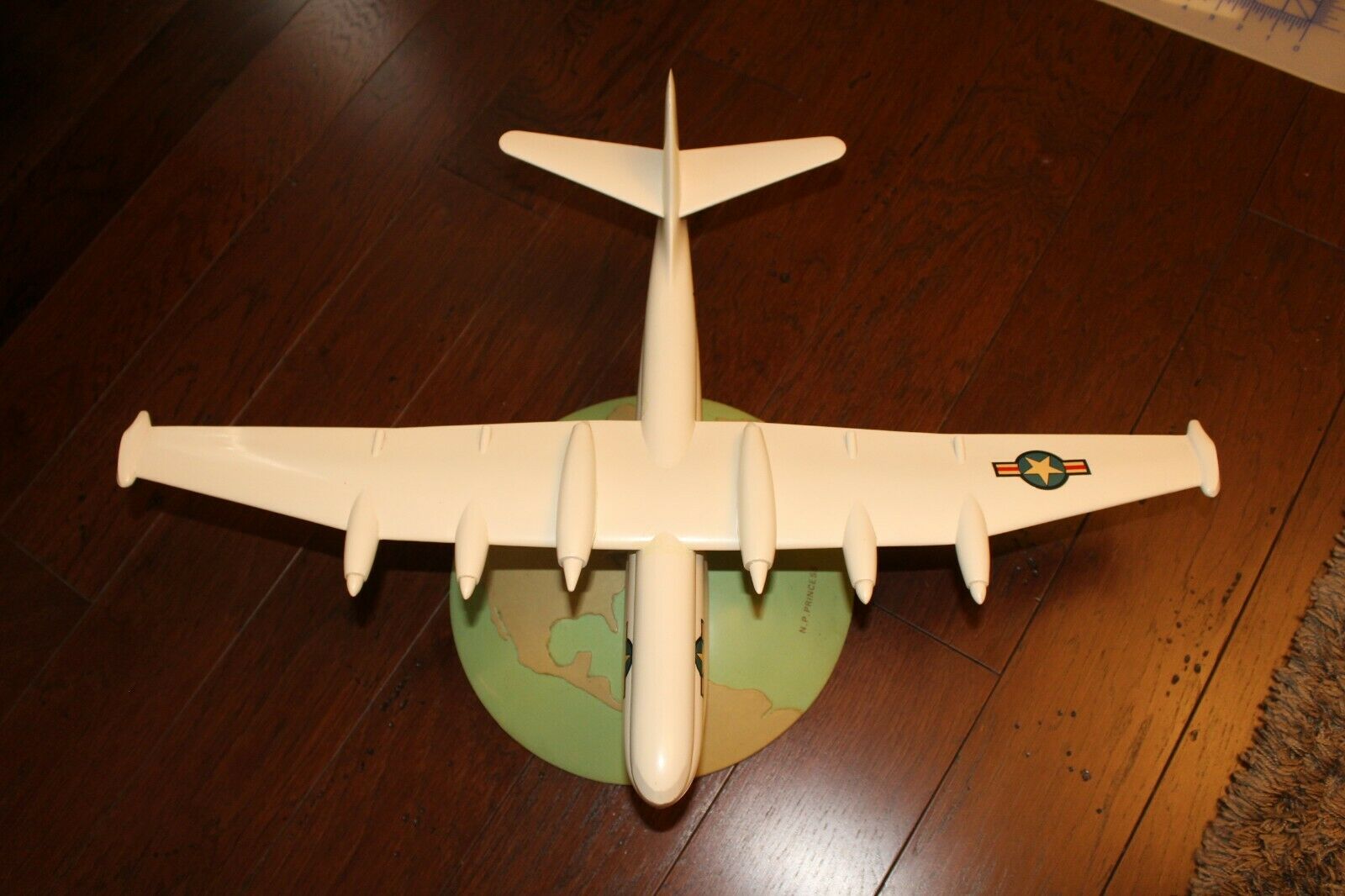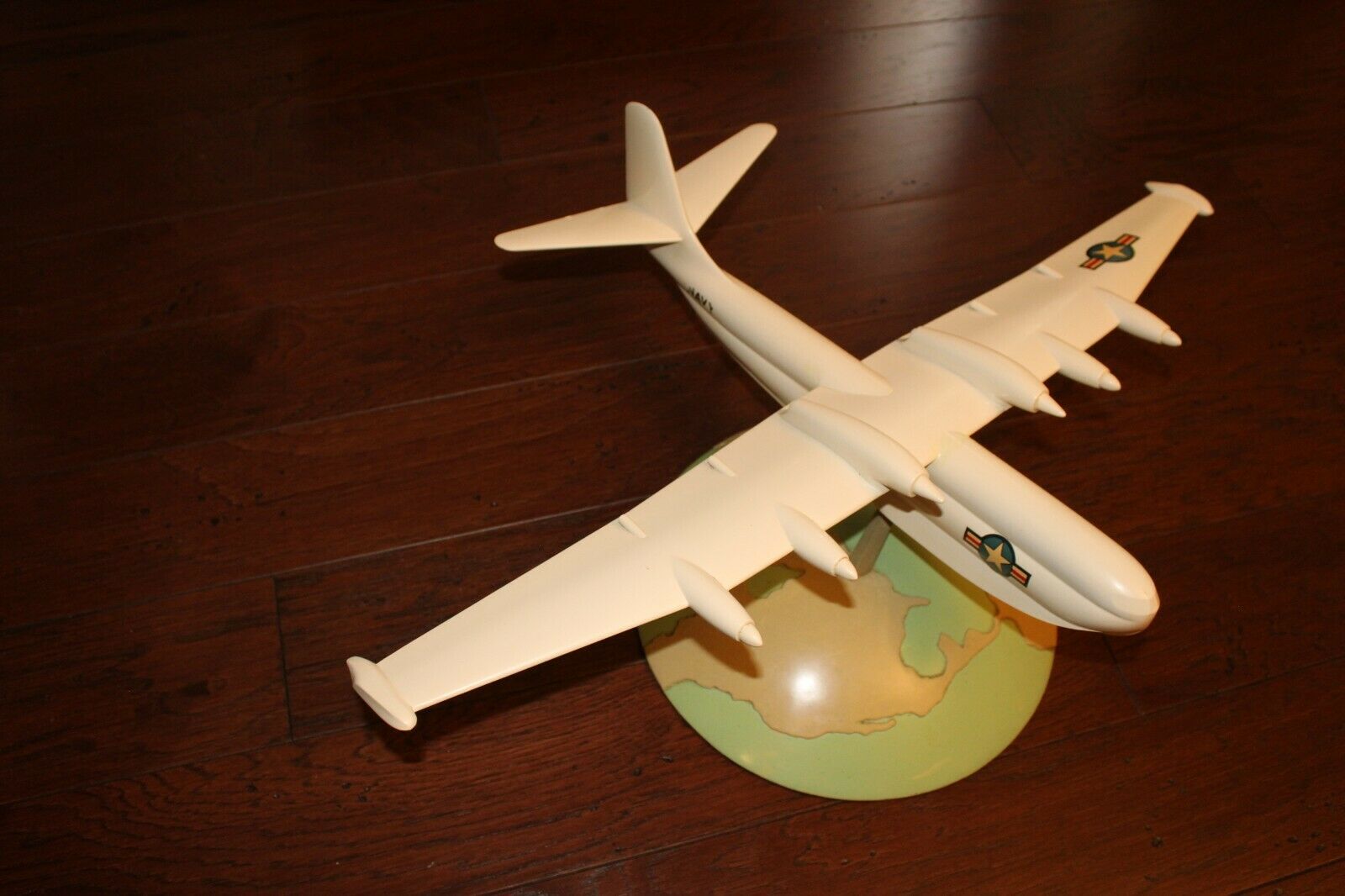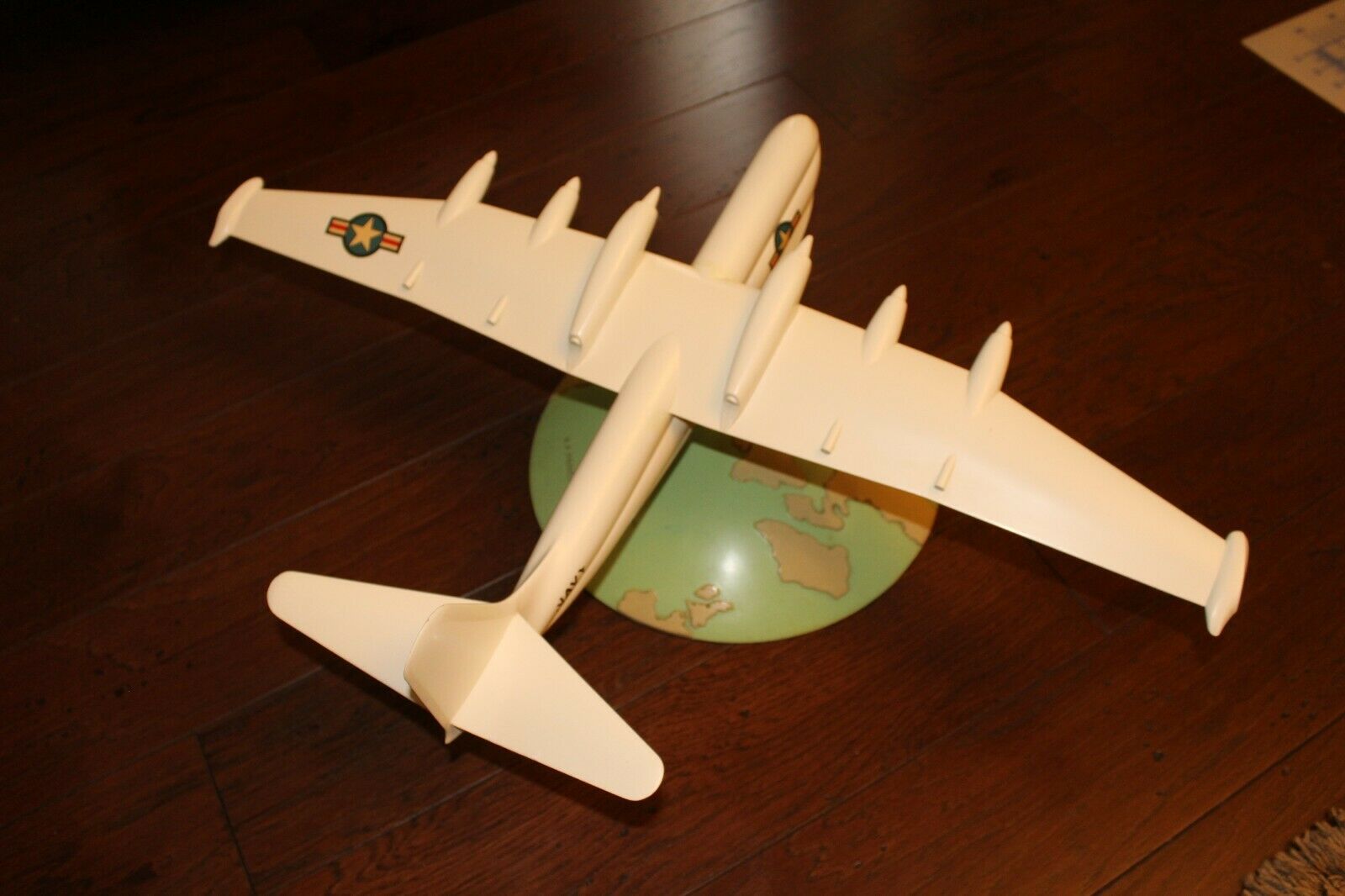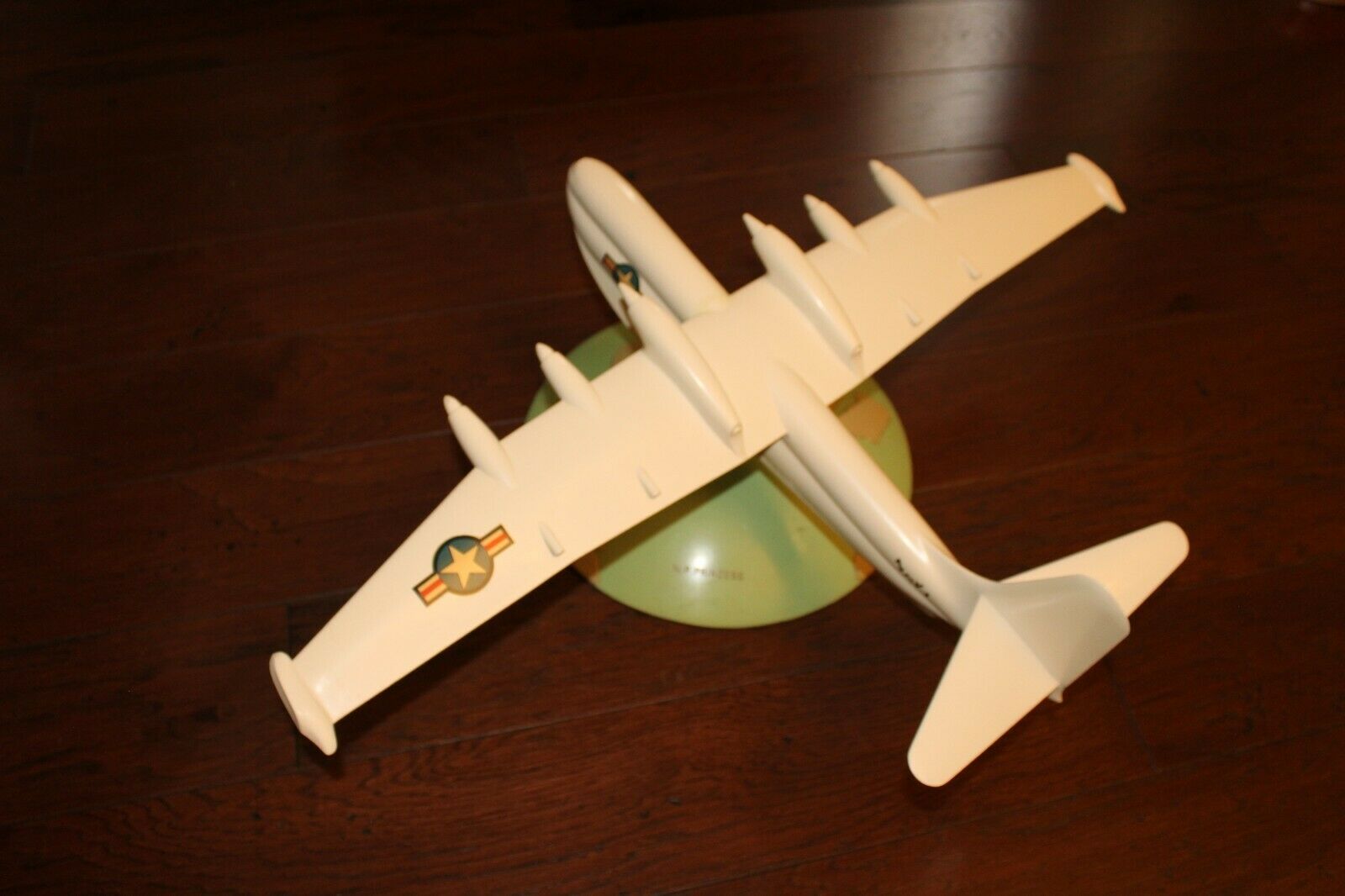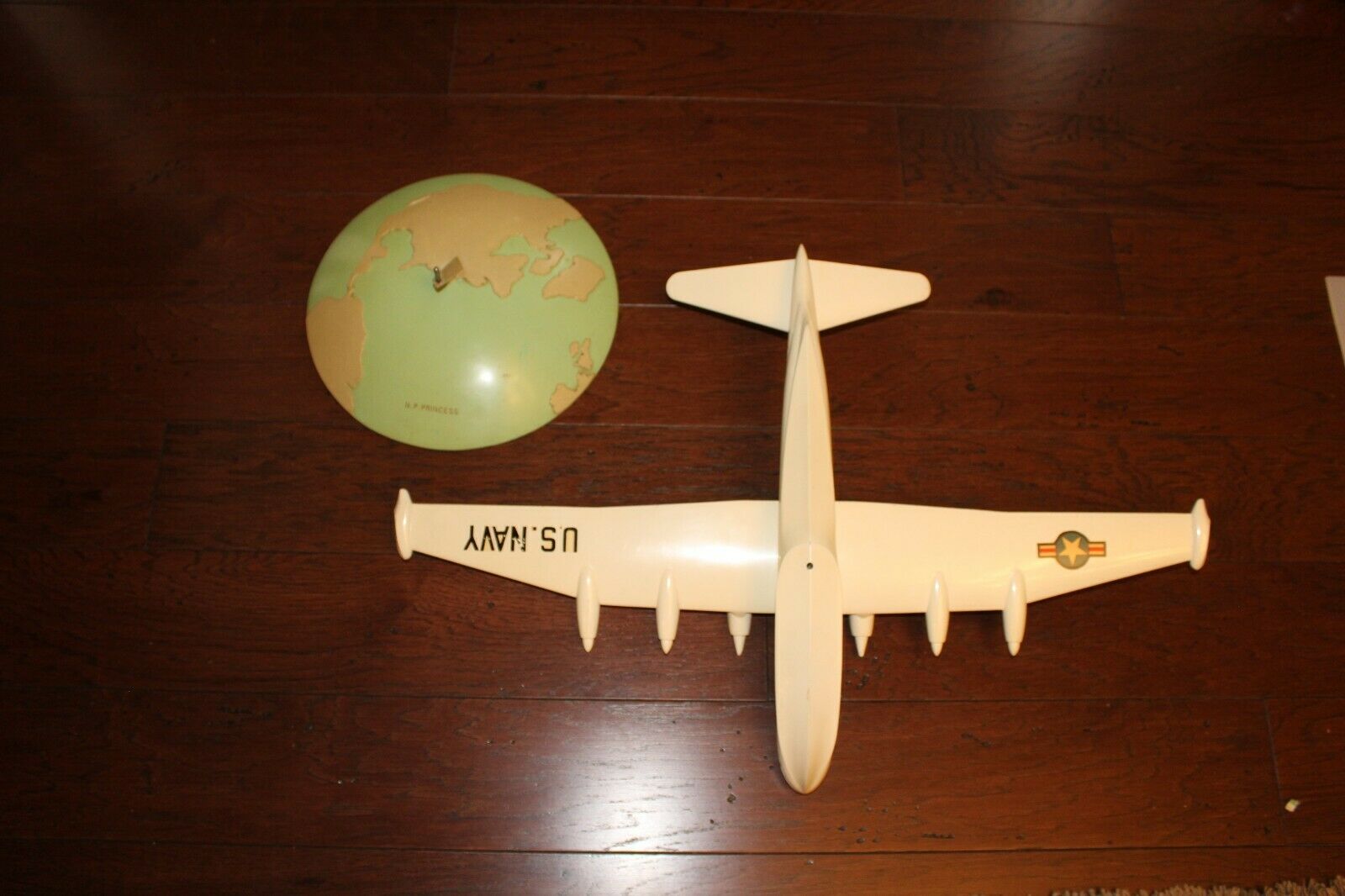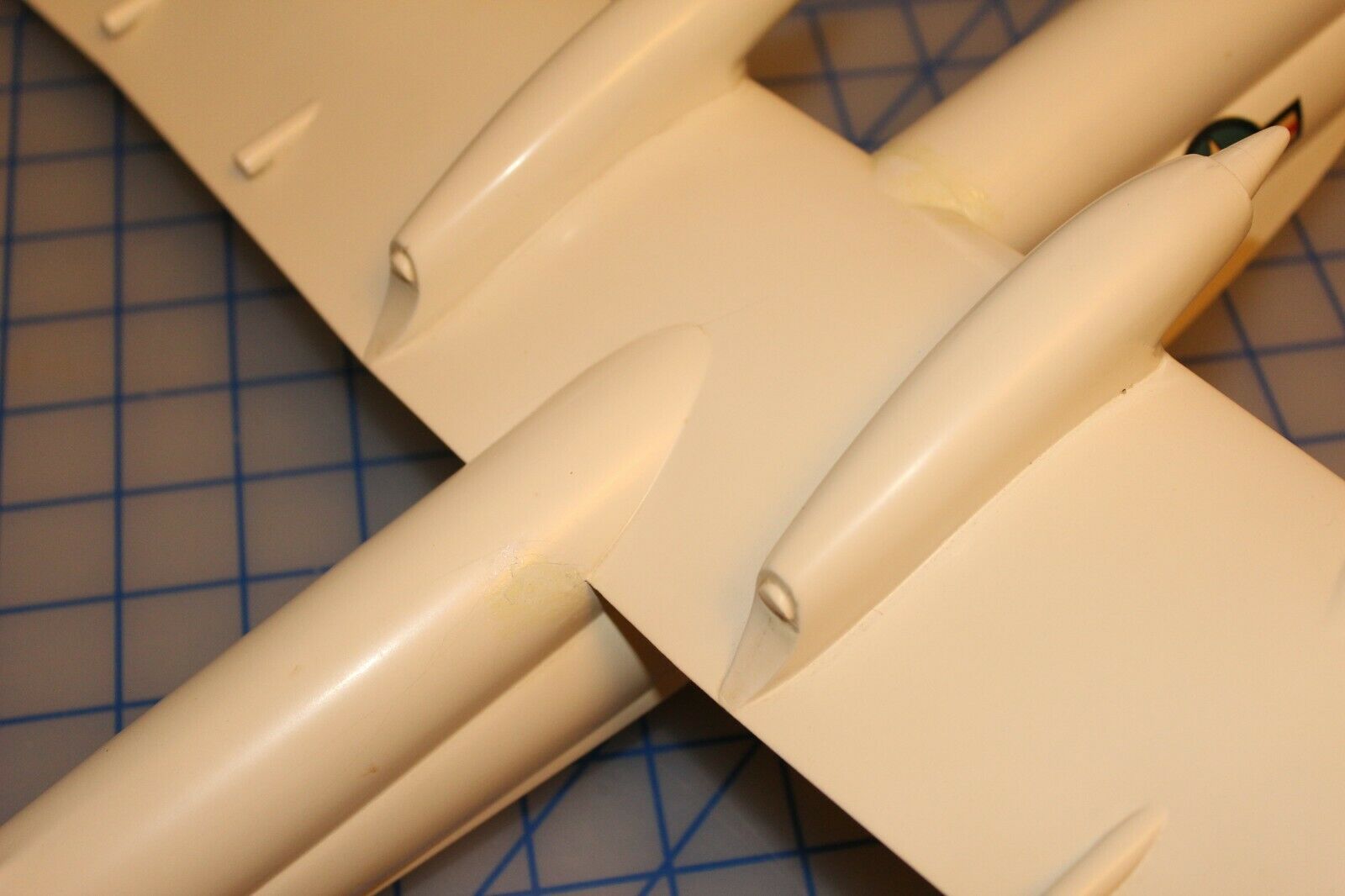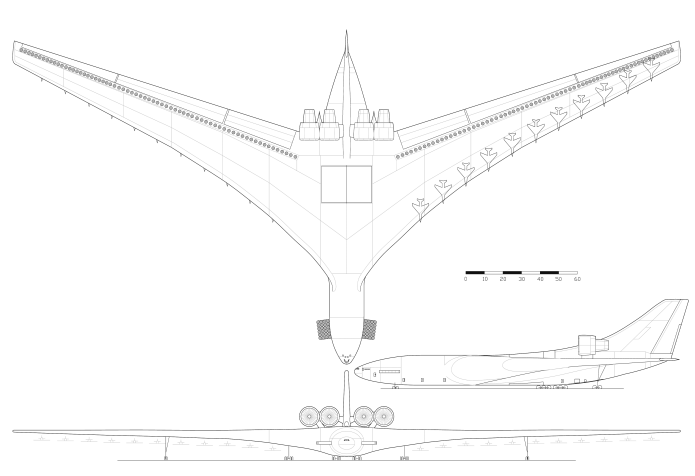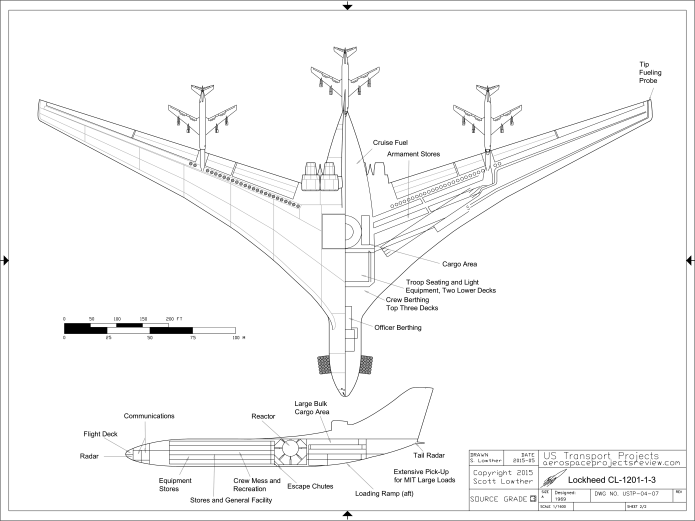Mortons has announced my “bookazine” Lockheed SR-71 Blackbird – Origins & Evolution, now available for pre-order. This is my first published book. Woo! It covers the development of the SR-71 from well before the program started , including the “Suntan” concepts and several Convair high speed reconnaissance platforms, up through the development of the “Archangel” series that led to the CIA’s A-12, through the Mach 3 interceptor designs and the SR-71 itself. From there it also includes a number of proposed derivatives and unbuilt concepts… an A-12 used to launch satellites, the SR-71 as a carrier for a manned hypersonic scramjet vehicle, the use of the “SR-71C” as a flying wind tunnel, etc.
It is available directly through the publisher for £8.99 (Approx $12.41 or €10.34). It is also available through Amazon for pre-order for $12.99. Direct from the publisher should be available sooner; from Amazon, lower mailing cost if you’re in the US.

Here are some shots of a few pages to give you an idea of what’s in it. I created all the diagrams within, based on official sources and as accurate as I could make them. There are many, MANY diagrams here describing designs mundane and downright wacky, from tiny unmanned drones to truly gigantic hydrogen-fueled monsters.
Tell your friends!
